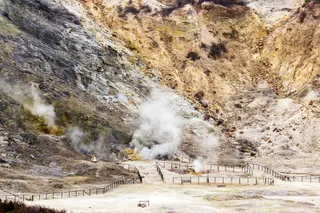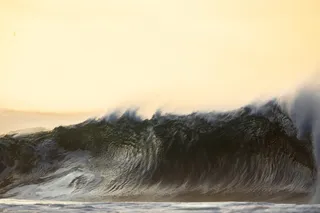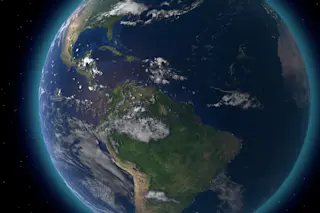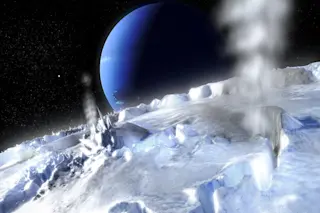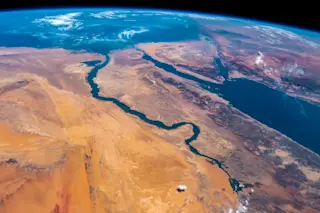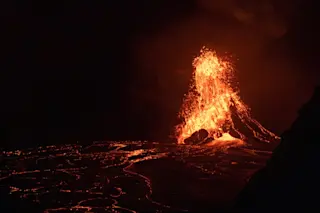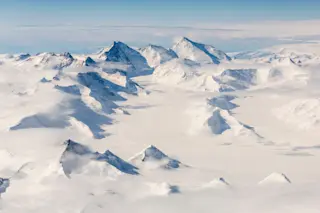Etna Week Part 1
Mount Etna - Brief Anatomy of an Exceptional Volcano By guest blogger Dr. Boris Behncke.
Italy truly deserves to be called "the Cradle of Volcanology" - not only because it hosts virtually all existing types of volcanoes and volcanic rock compositions, and seven of its volcanoes have had confirmed eruptions during the historical period (i.e. the past approximately 2700 years), but also because the earliest surviving eyewitness account of an eruption was written in Italy, the first volcano observatory and the first geothermal power plant were built in Italy, and three volcanological terms denoting styles of eruptive activity - Strombolian, Plinian, and Vulcanian - have their origin in this country. The word "volcano" itself has its origin from the southernmost of the Aeolian Islands, in the Tyrrhenian Sea north of Sicily, Vulcano. Vesuvius, uncomfortably close to Naples and its very densely populated suburbs, is possibly still ...



